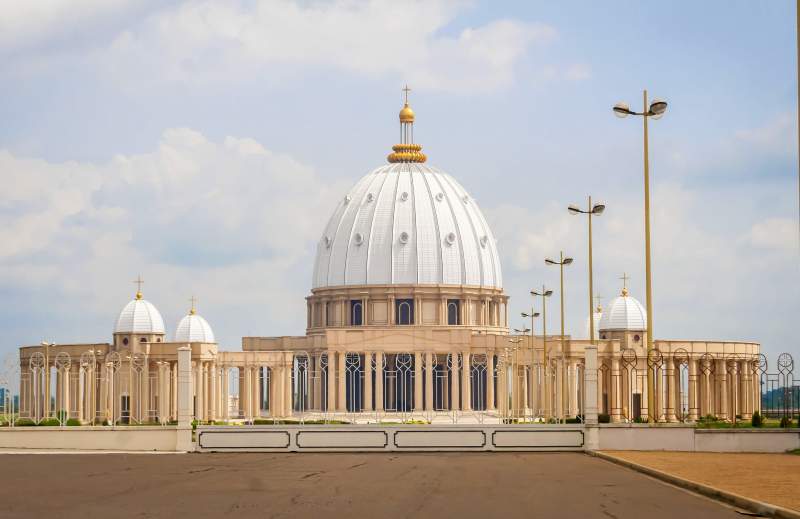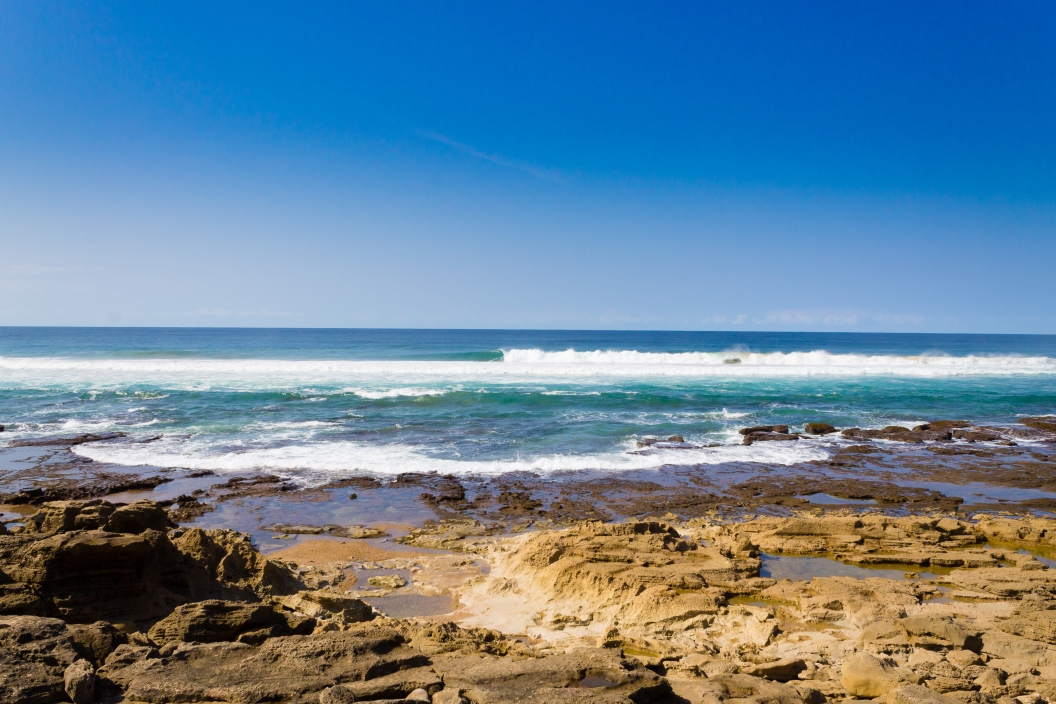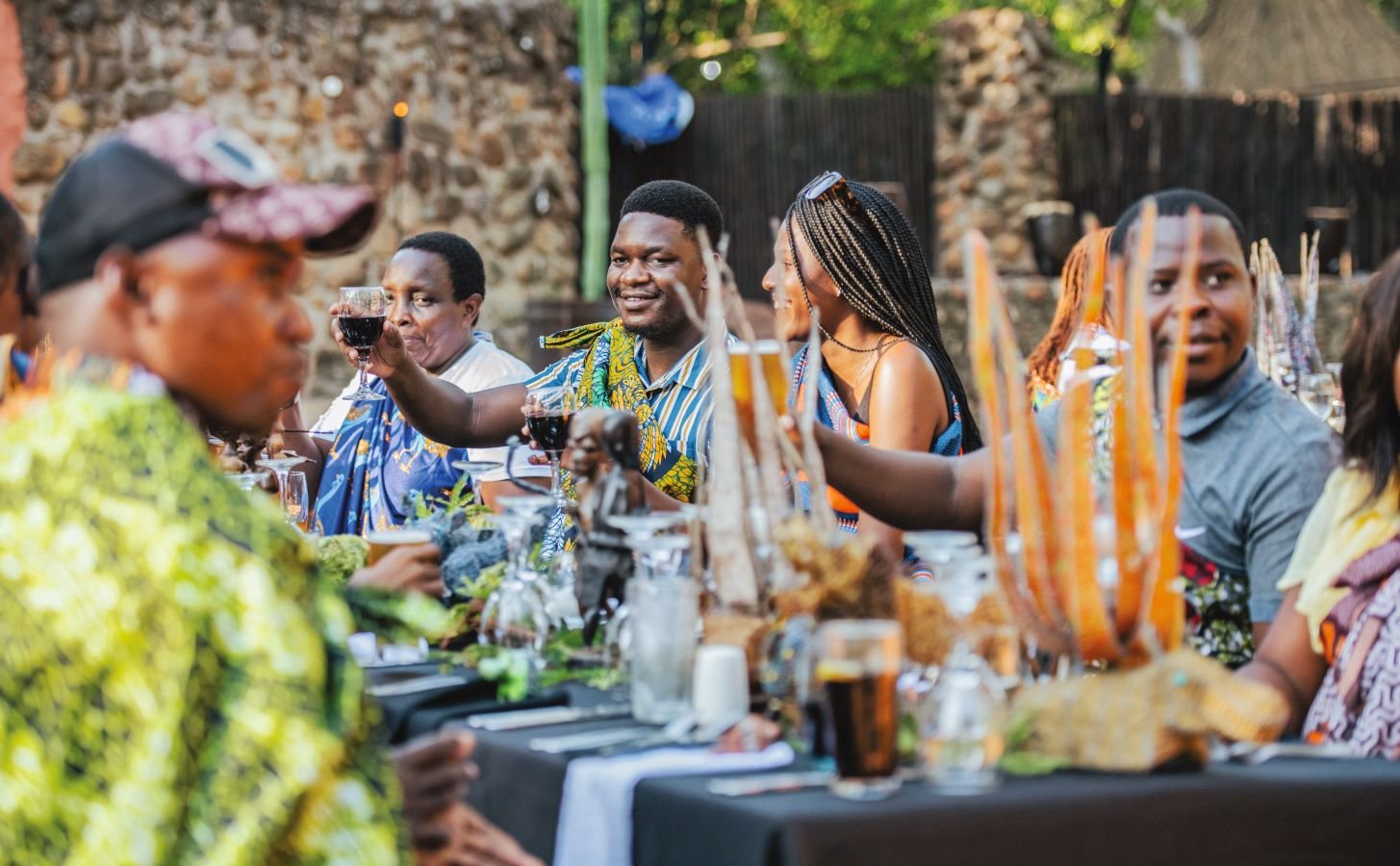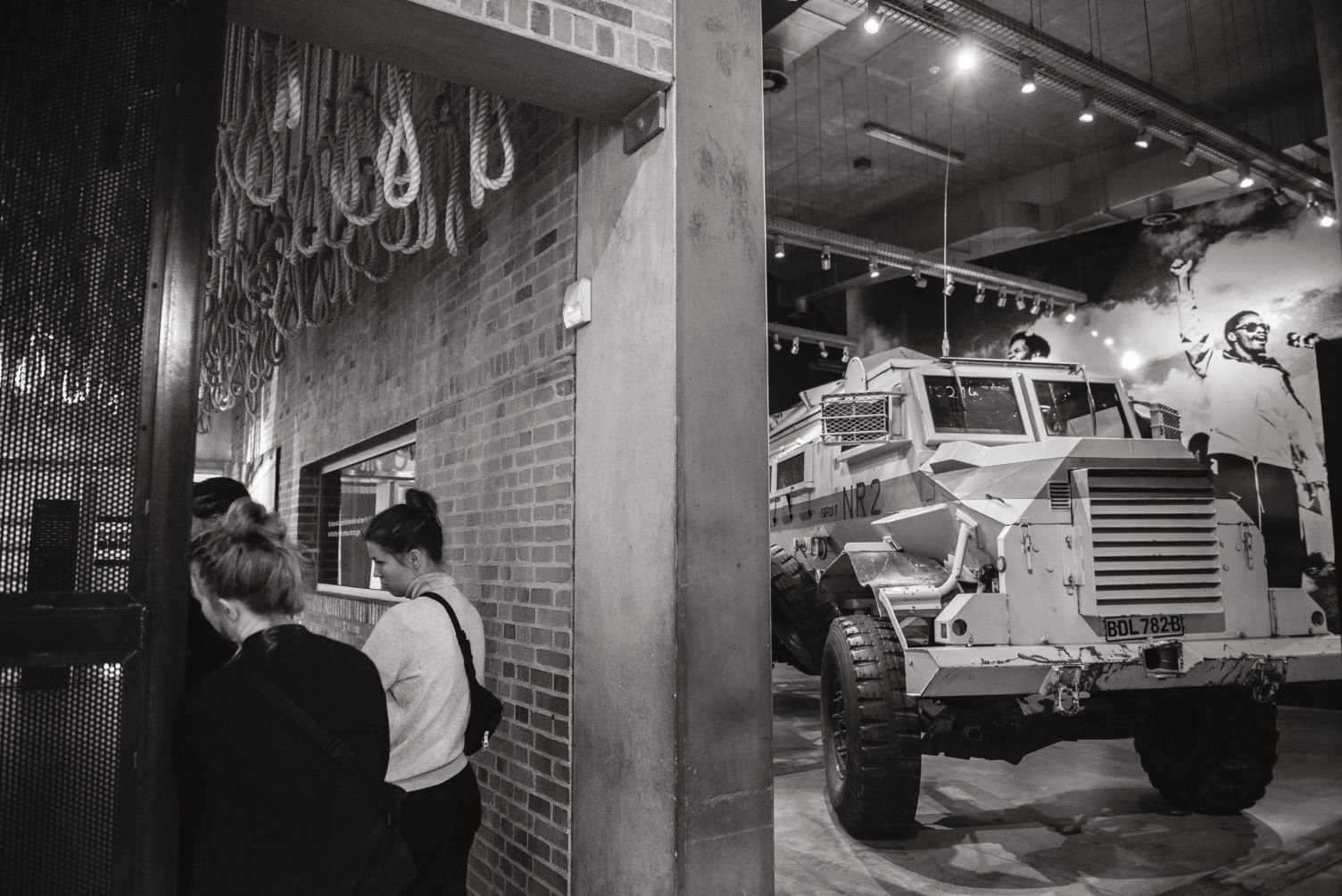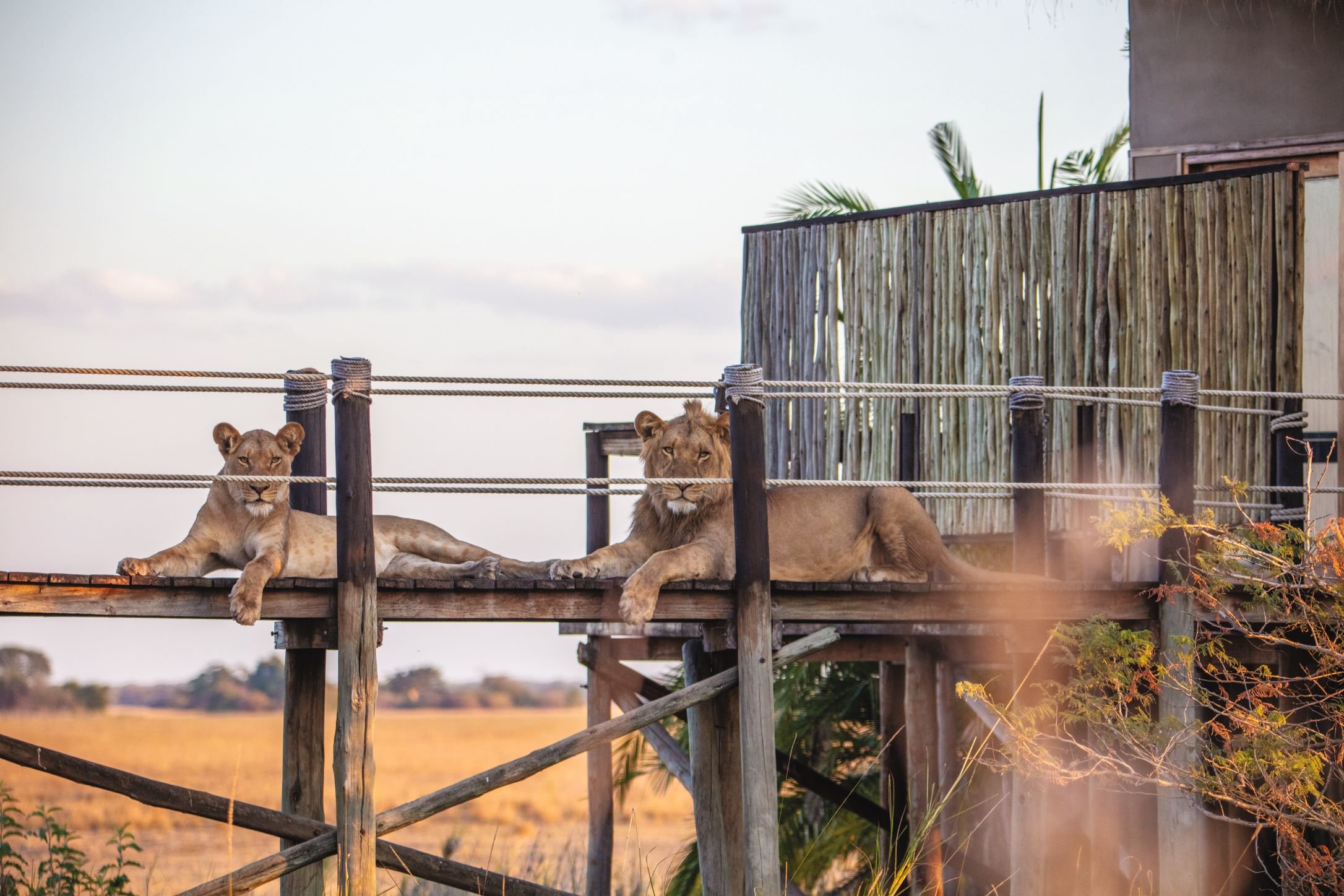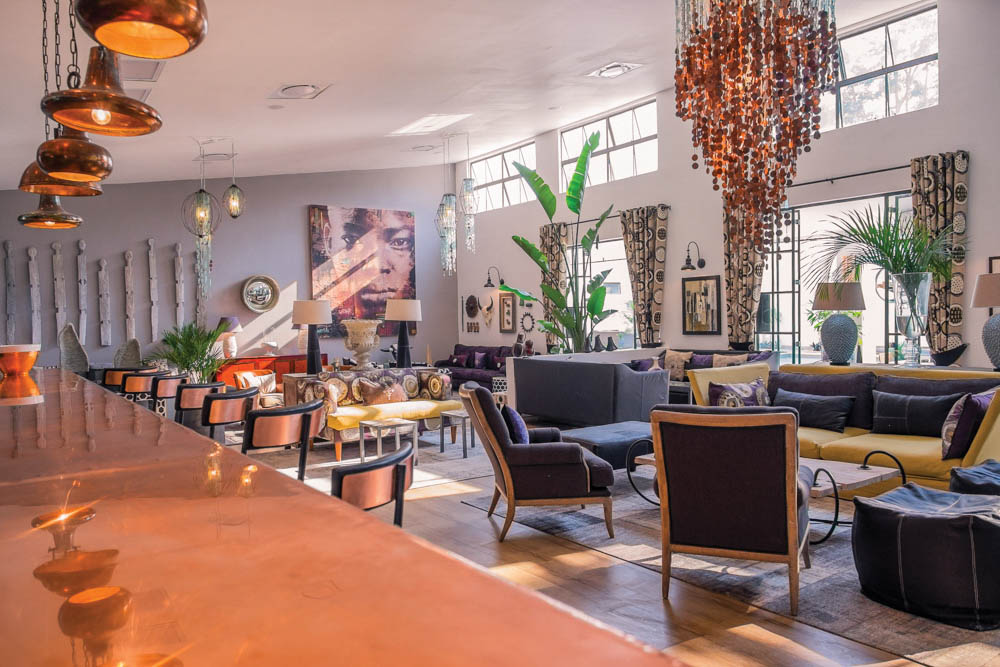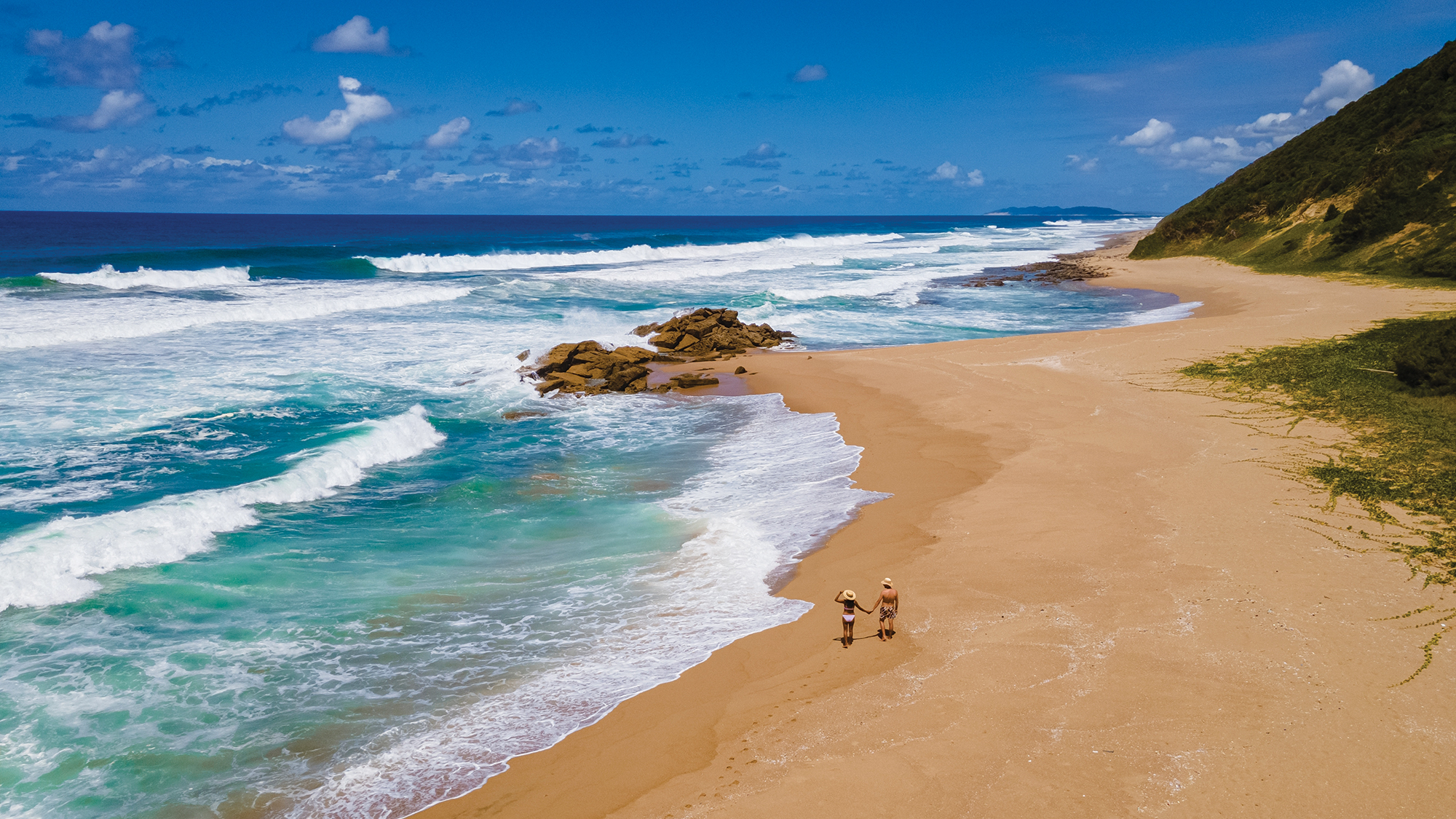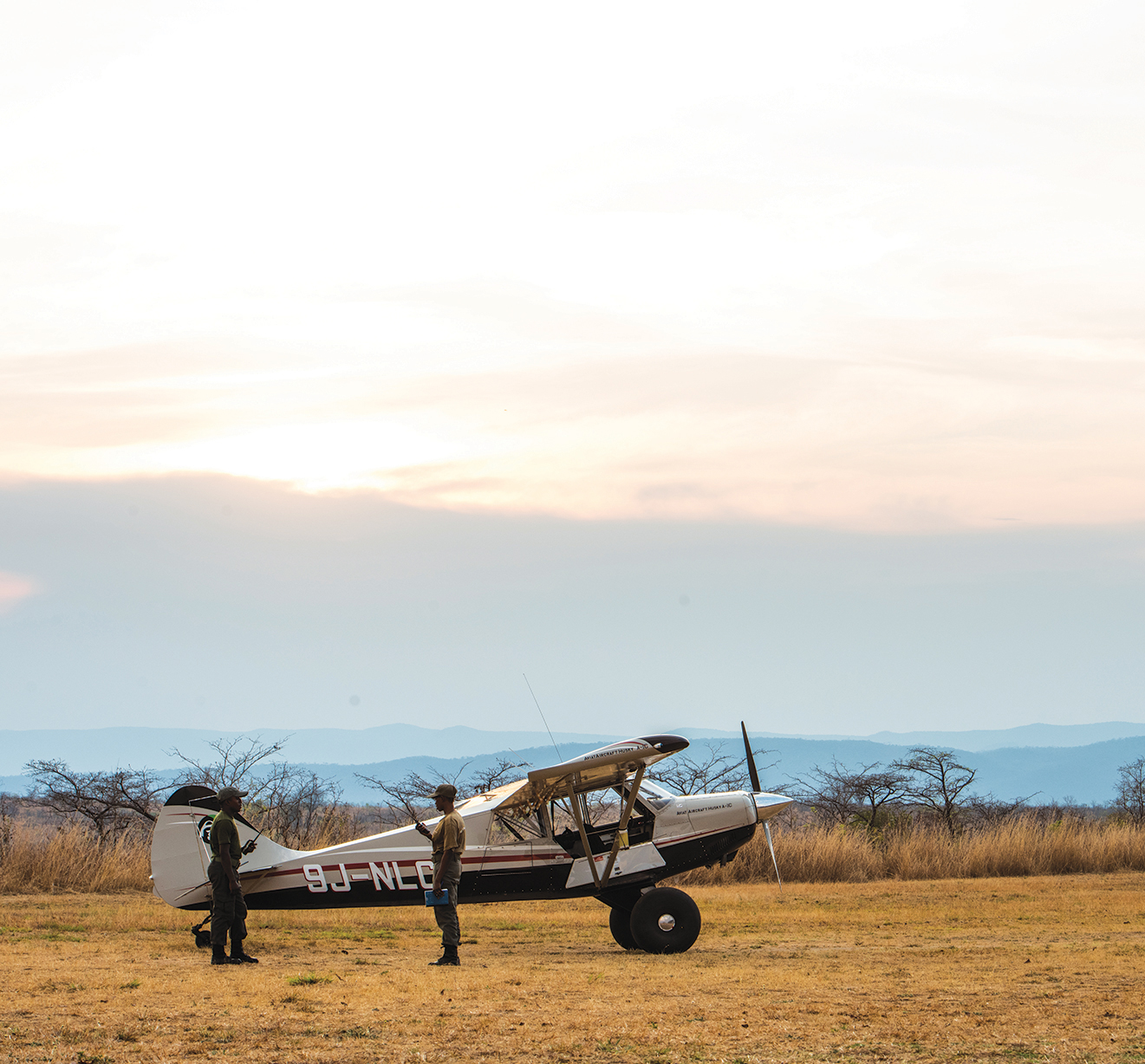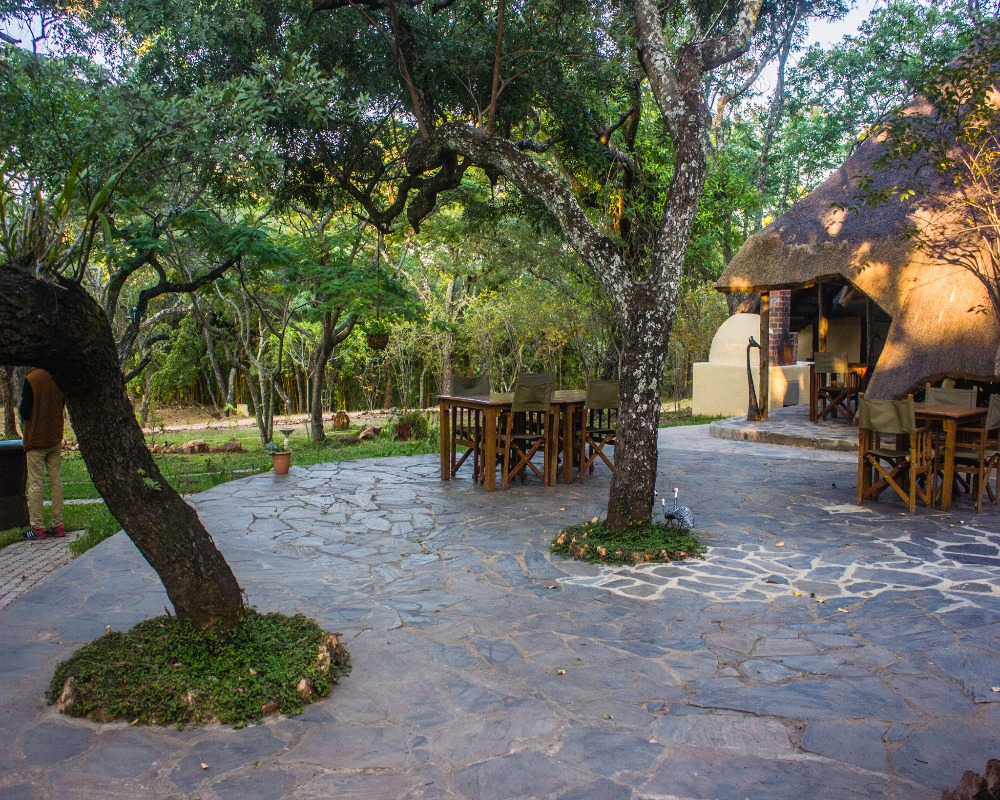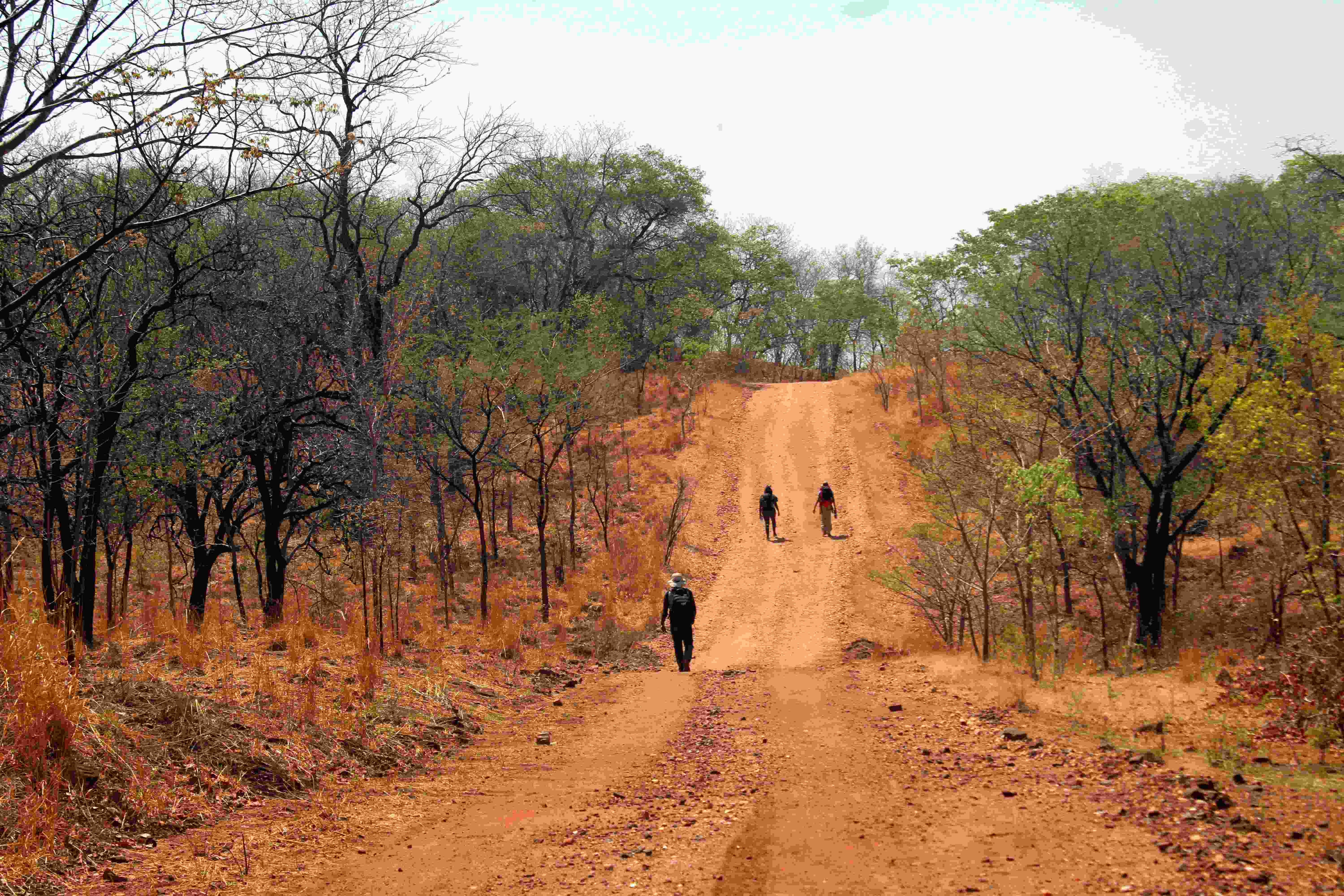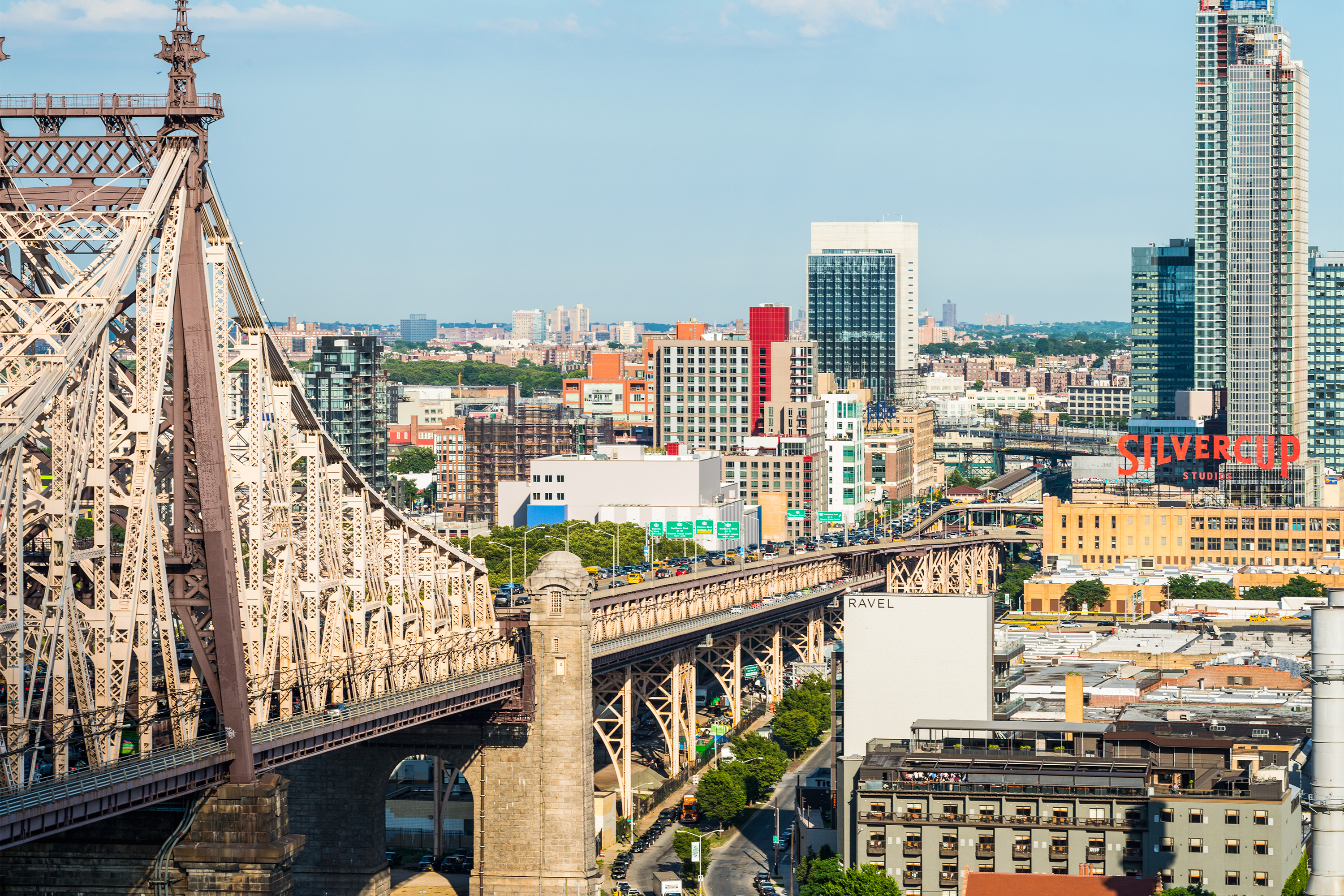Fun facts
- Ivory Coast has two capital cities, Yamoussoukro and Abidjan
- Ivory Coast is the world’s largest cocoa producer
- At 30,000 square metres the Basilica of Our Lady of Peace in Yamoussoukro is the world’s largest church
- There are four UNESCO World Heritage sites: Mount Nimba, Tai National Park, the history rich town of Grand-Bassam and Comoé National Park
Something for everyone
- Modern, cosmopolitan Abidjan
- Stunning architecture of Yamoussoukro
- The most biodiverse country in West Africa
- Golden beaches
- Enticing traditional foods
Recently I asked a friend to tell me what he enjoyed most about his holiday to Ivory Coast; sometimes we stop seeing the beauty and wonder of our own countries so I wanted to see the place through someone else’s eyes. His initial response was unexpected as he proceeded to tell me of the drama that ensued amongst himself and his two other travel companions. But when this was done with (finally) he spoke about how hospitable Ivorians were, how beautiful and organised the Abidjan city centre was, how impressive the infrastructure was in comparison to some other West African countries he had visited and how clean and gorgeous the beaches that dot the coast are. Lastly he noted, with glee, his English was useless there. This made the trip more interesting for him and was a reminder that he must make greater efforts to learn more languages.
Indeed Ivory Coast, or Côte d’Ivoire, is a French speaking country and anglophones may have a hard time getting around. It will be useful to learn some French terms before you travel, and maybe pick up a few from a local language. But language barriers aside, in Ivory Coast you will discover fascinating cities, imposing architecture, lush forests, World Heritage Sites and some amazing beaches. The country is also francophone West Africa’s leading economy.
Like all countries around the world, Ivory Coast’s tourism and travel sector has been affected by the novel coronavirus. But once we return to some semblance of normalcy, Ivory Coast will be ready and waiting to welcome you.

Abidjan
Abidjan is an economic powerhouse and cosmopolitan city with savvy, sophisticated residents. The coastal city overlooks the Atlantic Ocean and has several lagoons. One of Abidjan’s defining features is the many skyscrapers piercing the clouds. Coming back down to earth, there are plenty of lively neighbourhoods to explore, as well as good food and music to discover. Be sure to visit the markets and art galleries and indulge in some street food along the way.
Leave the skyscrapers and bright lights of downtown and head to the old town of Treichville. This Abidjan neighbourhood has the best markets and is also host to plenty of bars, clubs and restaurants. Also, don’t skip the National Museum (Musée des Civilisations de Côte d’Ivoire) and Ifon Museum. For a respite from city life visit the Botanic Garden of Bingerville.
One of Abidjan’s most notable landmarks is St Paul’s Cathedral. The cathedral is an architectural marvel with a futuristic design. It is possible to climb the tower for sweeping views of Abidjan. The cathedrals stained glass and various artworks add to it grandeur of Africa’s second largest cathedral.
Abidjan is the pulsating heart of Ivory Coast and the country’s most happening city.

Yamoussoukro
Not to be outdone by Abidjan, which has the second largest cathedral in Africa, Yamoussoukro is home to the largest basilica in the world. It is about 30,000 square metres whereas St Peter’s Basilica in Vatican City is about 22,000 square metres. Most records will still show St Peter’s as the world’s largest church. However, it is not hard to tell Our Lady of Peace was modeled on St Peter’s. Late president Félix Houphouët-Boigny had big dreams of how he’d transform Ivory Coast and this extravagant cathedral, built on the site of what was his ancestral village, was among them.
Yamoussoukro is a sprawling city with wide streets, its size and infrastructure more than enough to accommodate a relatively small population. But in that vein, it is poised and ready to take on more visitors.

National Parks
Ivory Coast may be better known for its urban centres than its nature but it plays host to a wide array of biodiversity. The country is reputed to have the most biodiversity in all of West Africa, with over 1,200 animal species and 4,700 plant species.
Ivory Coast has eight national parks and six nature reserves and the country has been gravitating towards ecotourism as part of its strategy for protecting these vital habitats. Tai National Park, Comoé National Park, Banco National Park and Mount Nimba Strict Nature Reserve are among the most visited. Tai and Comoé national parks, as well as Nimba Strict Nature Reserve are UNESCO World Heritage Sites, signifying the great importance of these natural wonders.
Mount Nimba Strict Nature Reserve is spread across Ivory Coast, Liberia and Guinea. There are a number of endemic animal species which are unique to that area. The reserve is rather isolated and this has led to comparatively low visitor numbers. Banco National Park is, on the other hand, quite easily accessible as it is barely half an hour outside of Abidjan. But whether you choose the easy way or the road less travelled, Ivory Coast’s national parks and reserves are well worth a visit.
Tai National Park is famed for its 11 species of monkeys and covering one of the largest areas of primary rainforest in West Africa.

Beach life
With over 500 kilometres of coastline along the Atlantic Ocean, Ivory Coast has plenty of beautiful beaches. Some are sandy, others are rocky, others still are palm-fringed or lined with coconut trees, but there is no shortage of gorgeous sites along the shoreline. Seaside tourism was on the rise in Ivory Coast but it is nowhere near its full potential. Watersports, including surfing, are also becoming increasingly popular.
In the south-west, towns like San-Pédro, Grand-Lahou, Fresco and Sassandra are draws for beach bums. Whereas in the south-east of the country popular beach destinations include Abidjan, Assinie, and Grand-Bassam. Grand-Bassam was once the capital of Ivory Coast and is a UNESCO Heritage Site of cultural significance. Besides the palm-lined sandy beaches and amazing seafood, visitors are drawn by the colonial architecture.
Bordered by the Atlantic and with over 500 kilometres of coastline, Ivory Coast has plenty of pristine beaches.

Ivorian cuisine
Fufu (or foufou) is known as the national dish but I recommend attieke more often. But do try both. Fufu is fermented mashed cassava, a dish popular around West Africa, that is often eaten with some form of soup or sauce and meat. Like fufu, Attieke is also made from cassava. It is fermented and grated and has the appearance of couscous. Indeed many refer to it as Ivorian couscous. I recommend it with vegetables, plantain and fried or grilled fish.
There are plenty more dishes to try. Kedjenou is a spicy, slow cooked chicken and vegetable stew that one must try when visiting Ivory Coast. Be sure to try Maafe (a peanut sauce served with rice, also popular in Senegal), alloco (fried plantain typically served with chilis and onion) and land snails, if you’re brave enough. Whatever you choose, wash it down with palm wine, known locally as bangui.
As mentioned earlier, Ivory Coast is the world’s largest cocoa producer. Though Ivory Coast is not at all a big chocolate producer, there are a few Ivorians proudly making chocolate locally. Do support these people and consider a visit to a cocoa plantation to round out your experience of the wonderful, but underrated Ivory Coast.
You can find some great restaurants serving international cuisine but I’m here to encourage you to eat your way through the plethora of local delicacies Ivory Coast has to offer.
